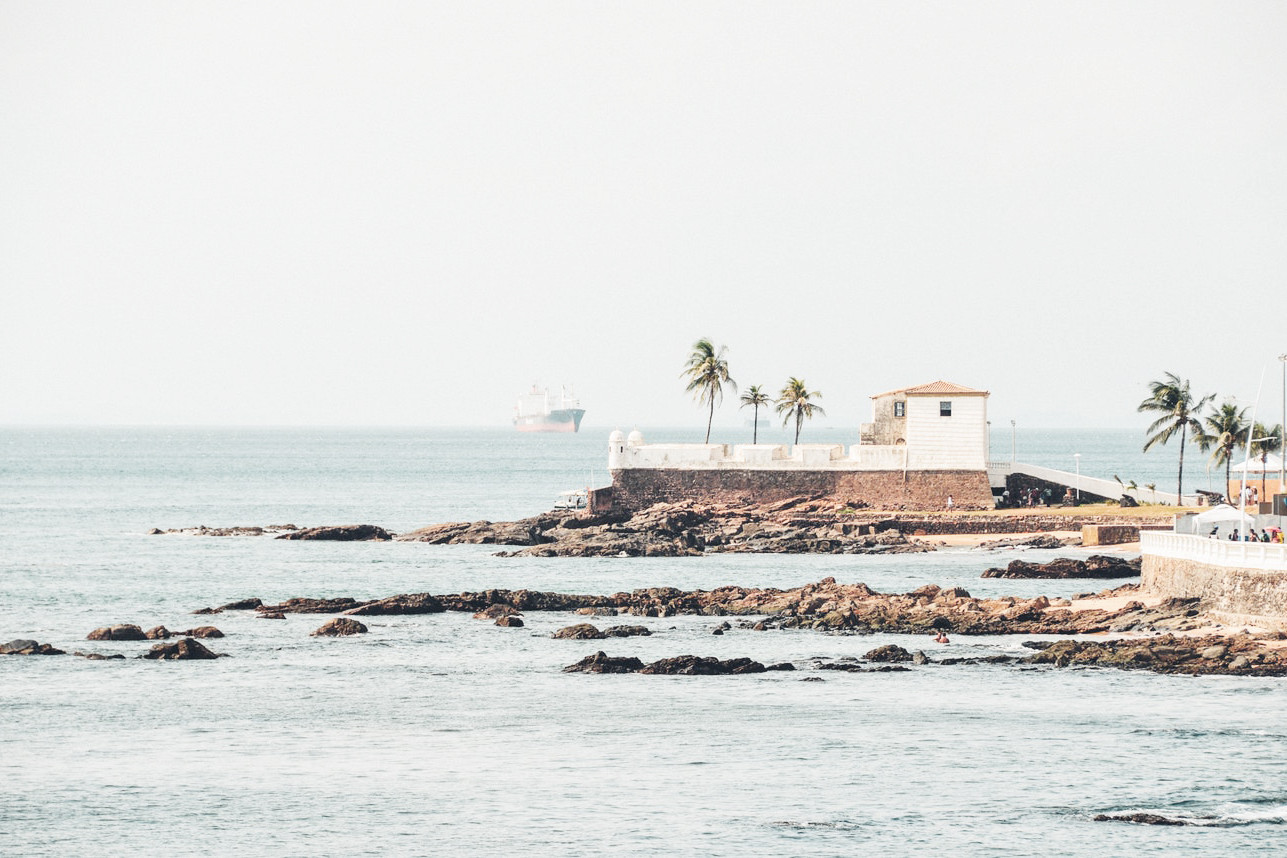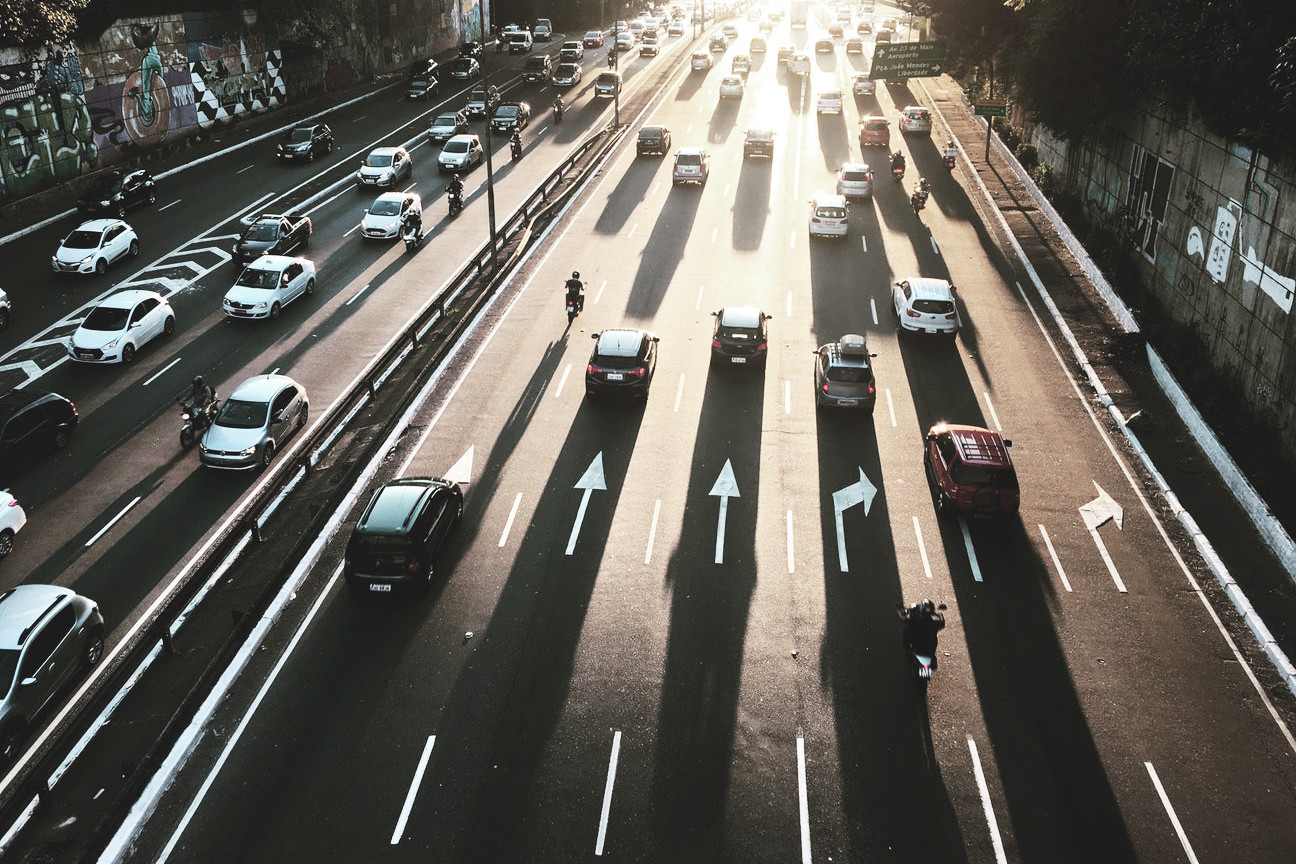Meet Brazil.
The history of Brazil starts with indigenous people in Brazil. Europeans arrived in Brazil at the opening of the 16th century. The first European to colonize what is now the Federative Republic of Brazil on the continent of South America was Pedro Álvares Cabral (c.1467/1468-c.1520) on April 22, 1500 under the sponsorship of the Kingdom of Portugal. From the 16th to the early 19th century, Brazil was a colony and a part of the Portuguese Empire. The country expanded south along the coast and west along the Amazon and other inland rivers from the original 15 donatary captaincy colonies established on the northeast Atlantic coast east of the Tordesillas Line of 1494 (approximately the 46th meridian west) that divided the Portuguese domain to the east from the Spanish domain to the west. The country’s borders were only finalized in the early 20th century.
On September 7, 1822, the country declared its independence from Portugal and it became the Empire of Brazil. A military coup in 1889 established the First Brazilian Republic. The country has seen two dictatorship periods: the first during Vargas Era (1930–1934 and 1937–1945) and the second during the military rule (1964–1985) under Brazilian military government.
The island town of Morro de Sao Paolo only received electricity in the eighties
Charlotte Van Heurck
Beaches.
The island of Tinhare is another location that has no vehicles. The island town of Morro de Sao Paolo only received electricity in the eighties. Despite the remoteness of the island, it is a favorite vacation location for Brazilians and foreigners alike. The town is small but comfortable for tourism, and it is easy to find a small and remote beach villa for rent on the outskirts. The island has many easy walking paths, and visitors will find that white sand beaches and beautiful wild areas are abundant. While the residents of Morro de Sao Paolo still keep their sleepy way of life, they have made room for the many people who want to experience this paradise for themselves as well.

The coastline of Brazil measures 7,491 km, which makes it the 16th longest national coastline of the world. All the coast lies adjacent to geographical features can be found all through the coastal areas, like islands, reefs and bays.
Cities.
Brazil is a melting pot of cultures, flavours, colours and creeds. As such, it is a fascinating country to visit, and in which to live. There are a number of cities in various states that are popular favourites amongst tourists and locals alike.
Rio de Janeiro is the city that never sleeps. It is renowned for its abundance of things to do, see, taste, watch and fall in love with. It is the educational and cultural hub of Brazil and boasts some of the best beaches on the planet.
Founded in 1565 by the Portuguese, the city was initially the seat of the Captaincy of Rio de Janeiro, a domain of the Portuguese Empire. Later, in 1763, it became the capital of the State of Brazil, a state of the Portuguese Empire. In 1808, when the Portuguese Royal Court transferred itself from Portugal to Brazil, Rio de Janeiro became the chosen seat of the court of Queen Maria I of Portugal, who subsequently, in 1815, under the leadership of her son, the Prince Regent, and future King João VI of Portugal, raised Brazil to the dignity of a kingdom, within the United Kingdom of Portugal, Brazil, and Algarves. Rio stayed the capital of the pluricontinental Lusitanian monarchy until 1822, when the War of Brazilian Independence began. This is one of the few instances in history that the capital of a colonising country officially shifted to a city in one of its colonies. Rio de Janeiro subsequently served as the capital of the independent monarchy, the Empire of Brazil, until 1889, and then the capital of a republican Brazil until 1960 when the capital was transferred to Brasília.
The bustling city of Rio de Janeiro has been one of Brazil’s most popular and frequented tourist destinations for decades. Its vibrant city centre is bursting with culture and pulsating with a deep sense of history and heritage.

Roads.
The constant need to be alert is heightened by the risk of stray animals on streets. Pedestrians and motorcycle riders also do not sometimes adhere to road rules.
The threat of being mugged at robot/light crossings is also common and many drivers try to always have their windows closed. This may perpetuate many drivers feeling hot and irritable, as most cars in Brazil lack air-conditioning.
Brazil has the fourth largest highway system in the world. The main route of transport of people and freight/cargo is via the highways. It is a fact that over 90% of the roads in Brazil are unpaved and this means that below 10% of Brazilian roads are paved roads.
The code for highways has a simple abbreviation; the regional high-ways are named by getting the two letters abbreviating the state and then three letters describing the highway.
As an example SP-123 tells us the highway is in São Paulo and is directed in a north-south direction. Brazilian National Highways are abbreviated BR with the three numbers following to describe the highway. As an example BR-241 informs us that the highway is a main one and that it is going in an east-west direction.


